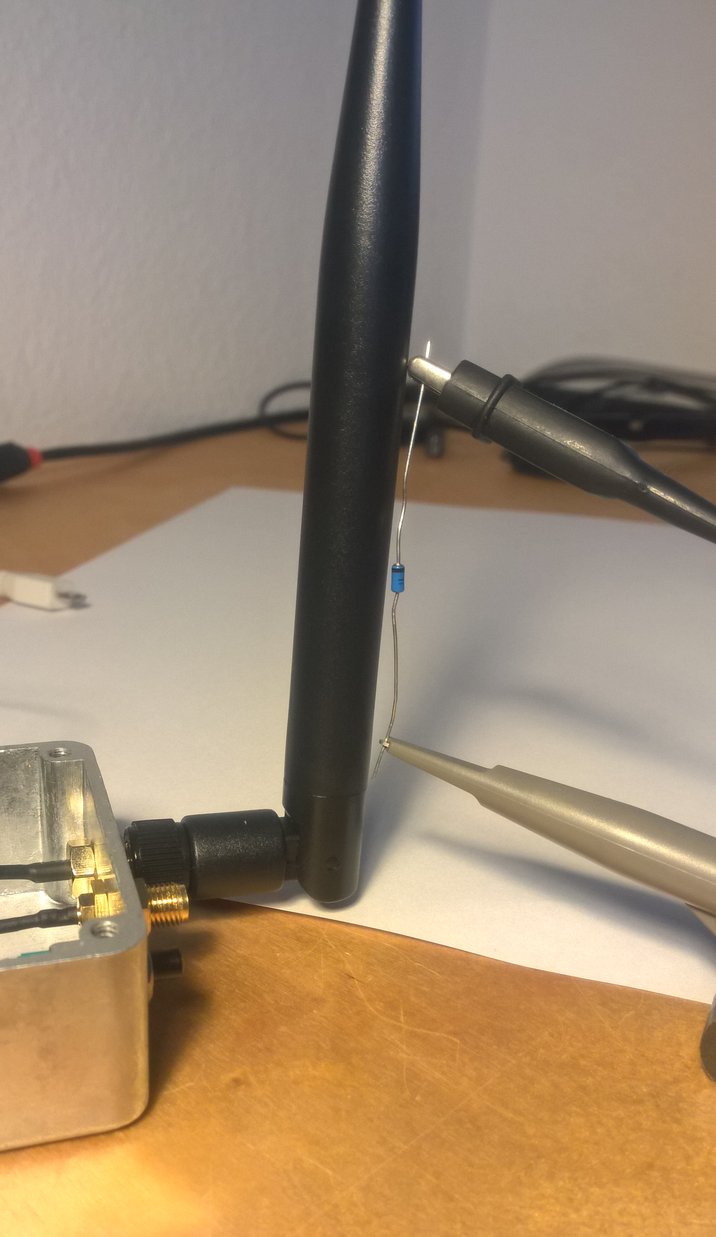Important update regarding LTE modem updates
-
@xykon OK. I added that, w/o a difference. I did not expect any change, because the response to AT+CEREG? is always either 2,0 or 2,2. I'm monitoring the link between the ESP32 and the Sequancs chip, and there are unsolicited messages of alternating
+CEREG: 0and+CEREG: 2every 30 seconds. Other people may be more successful, which after thelte.send_at_cmd("AT+CEREG?")command receive a string, starting with+CEREG: 2,1or+CEREG: 2,5
-
I believe I found the issue with the modem not attaching. It’s a problem in the MicroPython firmware. Unfortunately I have to travel today and I’m currently in the train on the way to the airport.
If anyone with capabilities to modify & build the firmware can try this: in esp32/mods/modlte.c
Find&& (strlen(pos) >= 31) && pos[30] == '7') {Replace with
&& (strlen(pos) >= 31) && (pos[30] == '7' || pos[30] == '9')) {Let me know if this helps I’ll try to build new firmware packages at the airport and at least try to make them available for manual flashing.
I’ve only tested this with the latest NB-IoT firmware.
As for the start-up commands, it seems Sequans has adapted the NB-IoT firmware to use largely the same startup code as CAT-M1.
So you can use the attach method as shown here https://forum.pycom.io/topic/3476/orange-belgium-gpy/7 or you can do the attach manually by sending the necessary AT commands.
For this, in a possible correction to my earlier post (I’m not entirely sure if it makes a difference), please try and replace the following two lines:
lte.send_at_cmd('AT!="addscanfreq band=20 dl-earfcn=6300"') lte.send_at_cmd('AT!="zsp0:npc 1"')with these:
lte.send_at_cmd('AT!="RRC::addScanBand band=20'") lte.send_at_cmd('AT!="disablelog 1"')However this should only be necessary if your band is not currently implemented in the firmware.
-
@tuftec OK. Band 3 is accepted by the API already. The actual set is 3, 4, 12, 13, 20 and 28. But that only means, it's forwarded to the Sequans firmware.
-
@robert-hh no. Band 3 is required for operation in Australia with Vodafone.
Eventually is a long time.
Thanks
-
@tuftec said in Important update regarding LTE modem updates:
addband band=3
Should'nt that be "addband band=8"
Edit: besides that, I've send a PR. Eventually it will be included.
Edit2: the code is in: https://github.com/pycom/pycom-micropython-sigfox/blob/master/esp32/mods/modlte.c
-
@tuftec where do I find the code?
Ok. So with me using the addband band=3 command this should effectively do the same thing.
-
@tuftec The only thing this lte-attach() API does is send out AT commands for the supported bands like:
lte_push_at_command("AT!=\"RRC::addScanBand band=20\"", LTE_RX_TIMEOUT_MIN_MS);So using the AT command directly or extending lte-.attach() works the same way.
-
@robert-hh thanks. Would the other command method work though?
-
@tuftec That's true. Glancing at the code, file esp32/mods/modlte.c, lines 370-480, shows, that band 8 is not supported by lte.atach(). It is however very easy to add that. The code structure is obvious.
-
@xykon can you please advise the status of support for band 8.
When I use lte.attach(band=8) it reports band not supported.
If I use AT!="addband band=8" it just returns ok.
The published specifications for FiPy clearly indicate that band 8 SHOULD be supported.
It appears that some other users are having success with bands 20 and 3, but I can not get connection using band 8 which is required for Vodafone here in Australia.
How can I test that my command sequence is correct?
I can read the IMSI back from the SIM card, so I know the SIM card is working.
The SIM card has been provided by the Vodafone NB-IoT team here in Australia.Please respond as soon as possible.
Peter.
-
@stsiafak I tried using the method you outlined.
The attach command reports that band 8 is not supported.
-
@josedlopez said in Important update regarding LTE modem updates:
Chile
Tested with Nokia eNB in-band mode and attach is done successfully. Freq band 3 was used.
Modem version:>>> send_at_cmd_pretty('ATI1') ATI1 UE6.0.0.0 LR6.0.0.0-37781As mentioned also from other posts command 'AT!="zsp0:npc 1"' is not working any more so I have used a shorter version seen from @peterv at link [https://forum.pycom.io/topic/3476/orange-belgium-gpy/7]
from network import LTE lte = LTE() lte.send_at_cmd('AT+CGDCONT=1,"IP","<APN_NAME>"') lte.attach(band=3) >>> lte.isattached() TrueI would suggest to communicate with your operator and ask if NB IoT is supported by his network (radio+core).
-
@robert-hh That's worth trying. Thanks
-
@tuftec I picked that up with an oscilloscope, using a Diode at the Probe tip for rectification. Se picture. The diode I use is a 1N5711 or BAR11 (fast Schottky). A 1N4148 works as well. The Oscilloscope Probe is a standard 10:1, ~3 pF one. The capacity has to be low. The bandwidth of the oscilloscope can be low. The signal you get is pretty high, like 200mV - 4V. Works for LoRa as well.

-
@robert-hh Ohhh! That might be hard to detect on my spectrum analyser.
-
@tuftec The RF burst itself are much shorter, like 10ms. They just span over a time period of 200 ms.
-
@robert-hh should be able to pick up 200 ms bursts.
-
@kevin we are using FiPy.
-
@kevin the FiPy specification clearly indicates that it supports band 8. That is why we selected the device for our application. If the firmware does not cureently suuport it, that might explain my problem.
@administrators can you please ensure that Band 8 is supported in the next firmware release. Please advise when this will be available. This is holding up development.
Peter.
-
@tuftec Not sure if you are using FiPy or GPy, but at least for GPy it appears the currently supported bands are 3/4/12/13/20/28. I (and others) have asked for an update on band support throughout the forum, but no clarification so far.